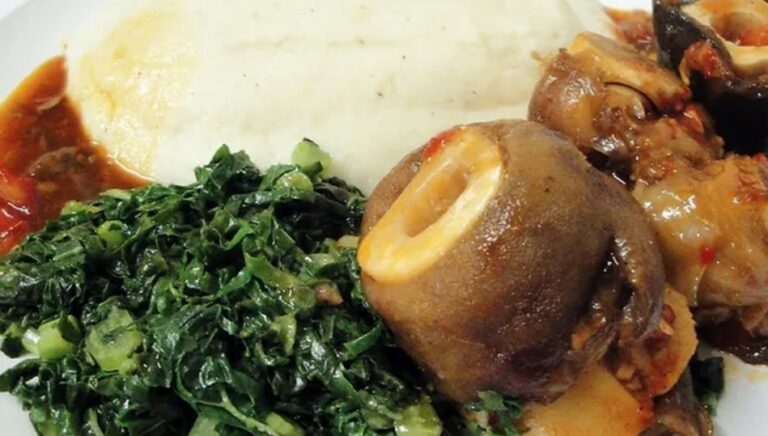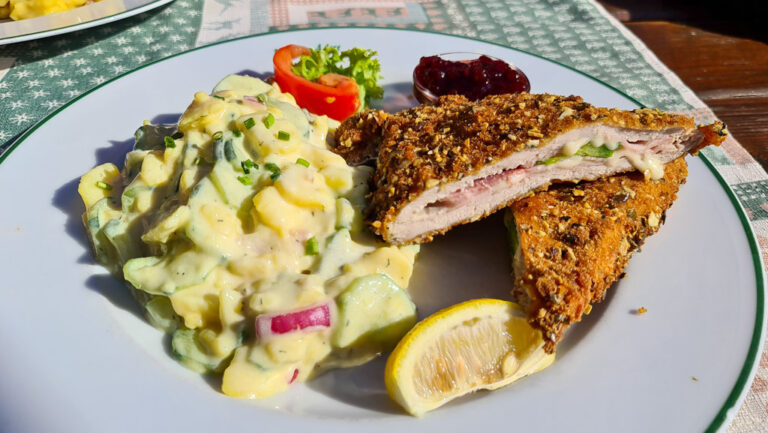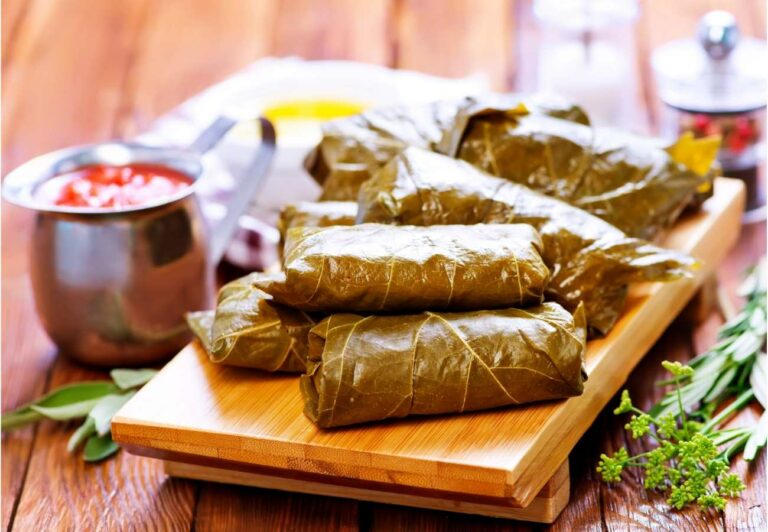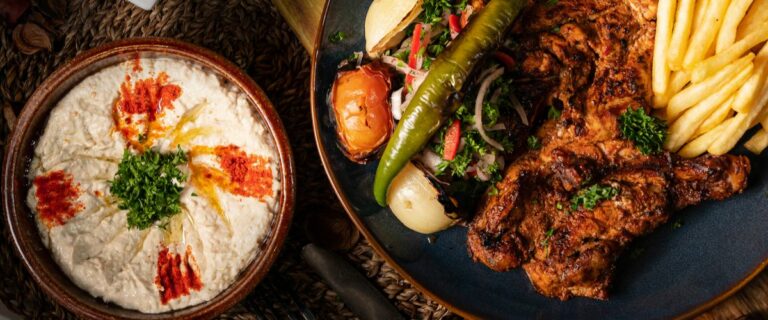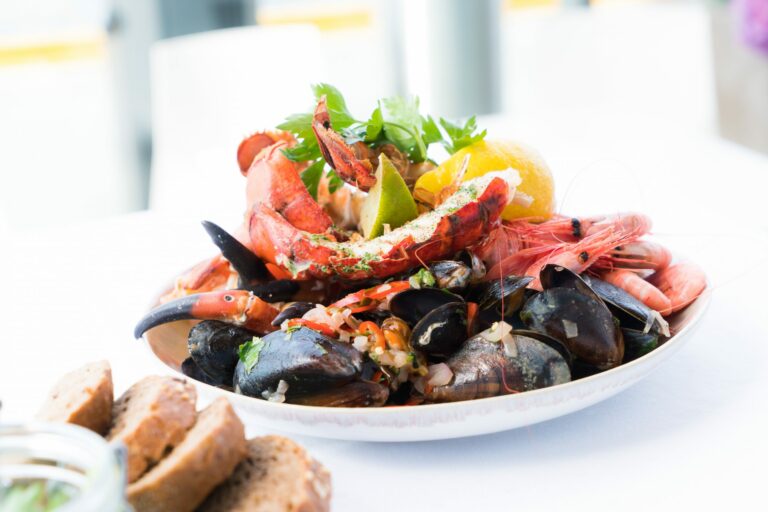Introduction: Zimbabwean Cuisine
Zimbabwean cuisine is a reflection of the country’s diverse cultural heritage. It combines the flavors of various ethnic groups, including Shona, Ndebele, and European settlers. As a result, the cuisine is a blend of African and European influences, making it unique and fascinating. Zimbabwean dishes use a variety of ingredients, including vegetables, fruits, and spices, which contribute to their bold and rich flavors.
Staple Foods in Zimbabwe
Maize or cornmeal is the most common staple food in Zimbabwean cuisine. It is used to make sadza, a porridge-like dish that is eaten with different types of relishes, including vegetables, meats, and sauces. Other staple foods in Zimbabwean cuisine include rice, potatoes, yams, millet, and beans. These foods are often combined with fruits and vegetables to create flavorful and nutritious meals.
Popular Fruits in Zimbabwean Dishes
Zimbabwe is blessed with a wide variety of fruits, many of which are used in local dishes. Some of the popular fruits in Zimbabwean cuisine include mangoes, guavas, papayas, pineapples, and bananas. These fruits are used in a variety of ways, including as snacks, desserts, and ingredients in main dishes. For instance, mangoes can be used to make chutneys, smoothies, and salads, while pineapples are used to flavor meats and rice dishes.
Vegetables Commonly Used in Zimbabwean Cooking
Vegetables are an essential part of Zimbabwean cuisine, with many dishes featuring a variety of greens, beans, and root vegetables. Some of the most commonly used vegetables include pumpkin leaves, kale, spinach, okra, and onions. These vegetables are often used to make stews, soups, and relishes. They also add flavor and nutrition to the staple food, sadza.
Traditional Zimbabwean Dishes with Fruits and Vegetables
Many traditional Zimbabwean dishes feature fruits and vegetables as key ingredients. One such dish is muriwo unedovi, a relish made with pumpkin leaves and peanut butter. The dish is usually served with sadza and is a popular meal across the country. Another popular dish is chakalaka, a spicy relish made with beans, onions, tomatoes, and chili peppers. Fruits are also used in traditional dishes, such as sweet potato pudding, which is made with grated sweet potatoes, coconut, and raisins.
Conclusion: Diversity in Zimbabwean Cuisine
Zimbabwean cuisine is a celebration of the country’s rich cultural heritage. It reflects the variety of ethnic groups that call Zimbabwe home and the country’s abundant natural resources. Fruits and vegetables are an essential part of Zimbabwean dishes, contributing to their unique flavors and nutritional value. Whether it’s a hearty vegetable stew or a refreshing fruit salad, Zimbabwean cuisine has something for everyone to enjoy.

